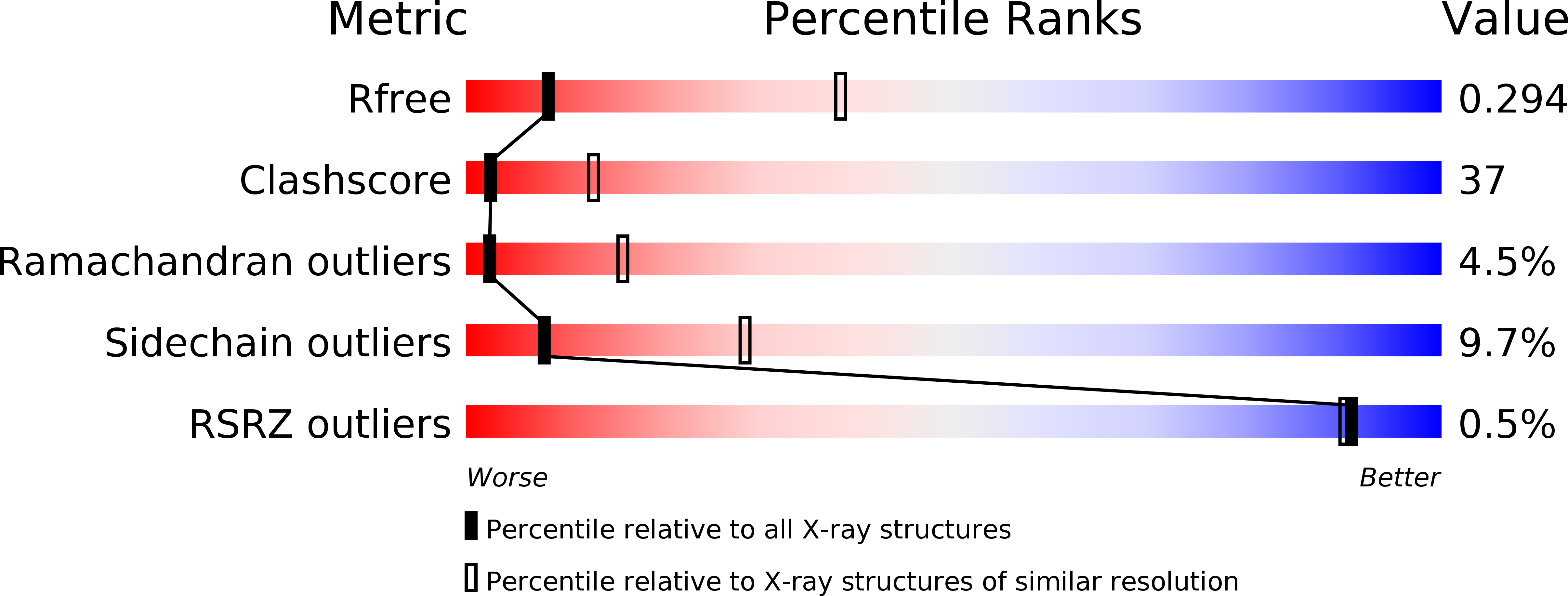
Deposition Date
2006-01-23
Release Date
2006-03-28
Last Version Date
2024-12-25
Entry Detail
PDB ID:
2FT3
Keywords:
Title:
Crystal structure of the biglycan dimer core protein
Biological Source:
Source Organism:
Bos taurus (Taxon ID: 9913)
Method Details:
Experimental Method:
Resolution:
3.40 Å
R-Value Free:
0.29
R-Value Work:
0.25
R-Value Observed:
0.25
Space Group:
C 1 2 1


